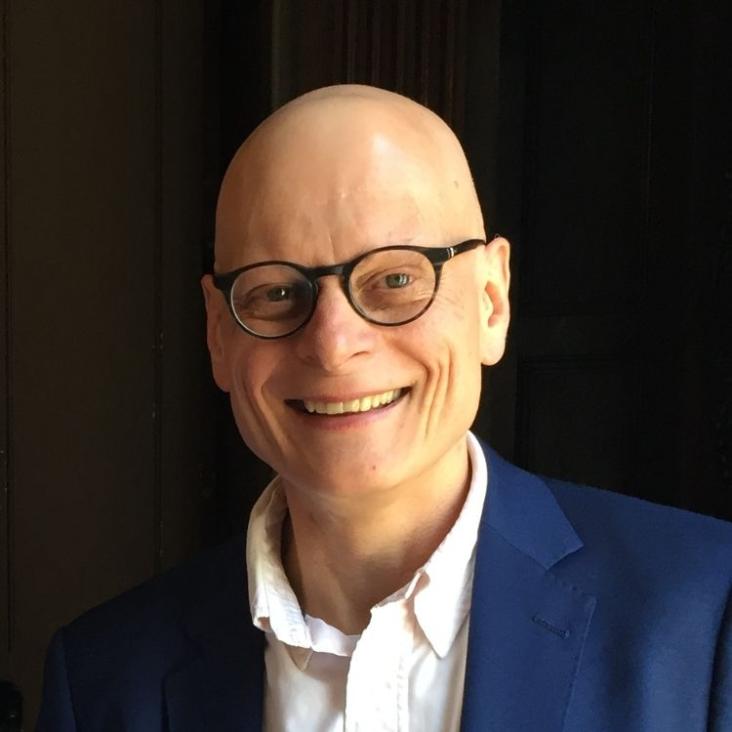Focusing on factorability: Space-time coupling in the generation of pure heralded single photons
Journal of Modern Optics 56:2-3 (2009) 179-189
Abstract:
The interference of single heralded photons from multiple parametric downconversion sources requires photon pairs in factorable states. Typically, these are selected from an ensemble of pairs by narrow filters that remove any exhibiting correlations. In order to eliminate these lossy filters, factorable photon pairs free from any spatio-temporal correlations must be created directly at each source. This requires careful engineering of the group velocity dispersion of the nonlinear crystal in which pair generation takes place. Several schemes have been proposed to do this in the plane-wave regime, but in a realistic experiment one must also take into account the effects of focusing on the two-photon state. Focusing leads to space-time coupling between the pump structure and the downconverted pairs that has the potential to reduce their factorability, but if carefully managed can actually increase it. In this paper, we consider some of the effects of focusing and their consequences for pure single photon generation.Increasing the consistency and accuracy of spectral shearing interferometry via multiple shearing
2009 Conference on Lasers and Electro-Optics and 2009 Conference on Quantum Electronics and Laser Science Conference, CLEO/QELS 2009 (2009)
Abstract:
We demonstrate improved accuracy and consistency for spectral-shearing interferometry using multiple shears. Using a new algorithm, different spectral shears are combined to perform accurate spectral phase measurements of complicated pulses from a hollow-core fiber system. © 2008 Optical Society of America.A pump-probe study of the photoassociation of cold rubidium molecules.
Faraday Discuss 142 (2009) 403-413
Abstract:
The dynamics of the excited state during the photoassociation of cold molecules from cold rubidium atoms is studied in a series of pump-probe experiments. Dipole transitions similar to those of the atoms are observed in the molecular signal. While such behaviour is characteristic of the long-range molecules, the photoassociation of bound molecules is confirmed in additional experiments. The pump-probe signal observed on a 250 ps time scale did not, however, reveal wavepacket oscillations predicted by theory. This result is discussed using numerical simulations of photoassociation and a modification to the current experiments that could lead to the detection of wavepacket dynamics is suggested.Characterization of ultrashort electromagnetic pulses
ADVANCES IN OPTICS AND PHOTONICS 1:2 (2009) 308-437
Demonstrating coherent control in 85Rb2 using ultrafast laser pulses: A theoretical outline of two experiments
PHYSICAL REVIEW A 80:3 (2009) ARTN 033403


